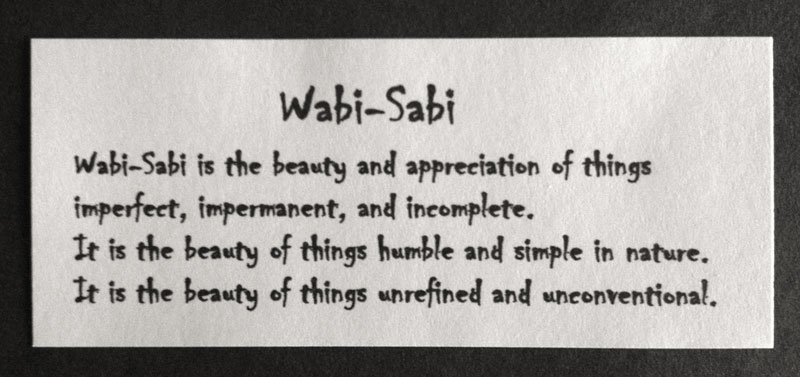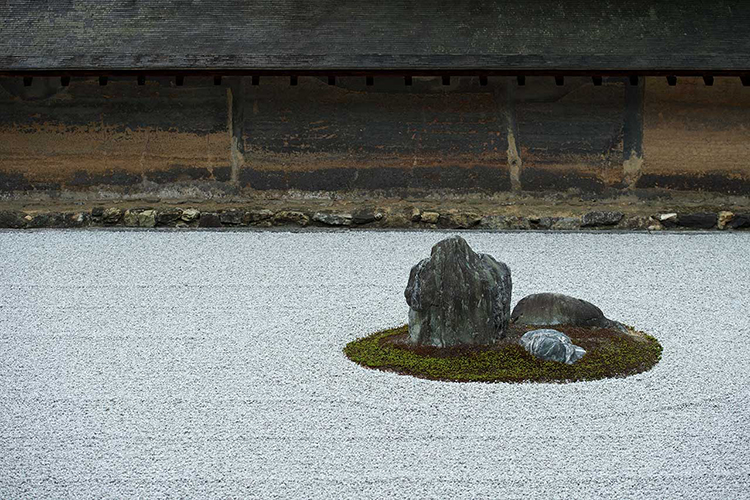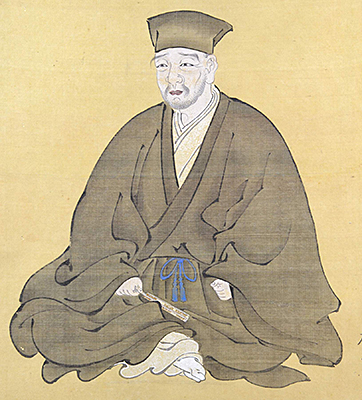As a special feature of the tea tastings we are doing in Paralelní Polis in Prague, we are planning to publish our notes concerning the events: the information given at the tasting itself, to recap, and information that we didn’t have time for, to give you the big picture.
We suppose these will be kind of footnotes of poor literary qualities and disparate concepts. Still, we hope they will be helpful. Unfortunately, they are often older texts and we often don’t remember the sources well, so, please, excuse us for not quoting as often as we should. If you find any kind of mistake or you have questions, don’t hesitate and write to us or come for the next tea tasting.
We are looking forward to you!
History
It’s always China
If we want to understand better the story of tea in Japan, it is necessary to be familiar with its history in its homeland – China. Tea came to Japan in a series of waves throughout various historical periods, every time in a slightly different form, depending on what the drinking and processing tradition was in China. The immensely colourful development of these traditions can be summarised into three major chapters:
1. In the oldest period Camellia leaves were pressed into bricks of different shapes. Tea was prepared by the cooking of tea leaves in water with salt and spices, sometimes also vegetables. This form it was primarily used as a medicine.
2. In the second period, dried tea leaves were ground into fine powder, which was whipped with water.
3. The youngest way of preparing tea is infusing dried leaves in boiled-over water.
– The first tea leaves and seeds were brought to Japan by Buddhist monks during the reign of the Tang dynasty (618–907), when the exchange between China and Japan was culminating.
– The first mention of tea in Japan dates back to the year 729 – it is a short note about a Buddhist monk who prepared tea for the Emperor.
– During the Nara period (Japan between the years 710 and 794) tea was grown around Buddhist monasteries and drunk primarily as a cure by Buddhist monks and nobility. Among the rest of population tea-drinking was rare. At that time it was very likely pressed tea boiled in water.
Myoan Eisai
In 1187, Buddhist monk called Myoan Eisai (1141–1215) set out to China to study philosophy and Buddhism. He came back in 1191, founded Zen Buddhism and had a Rinzai-school Zen monastery built. Naturally, he brought also tea and camelia seeds – and, most importantly, new ways of processing and drinking tea. For the very first time, ground tea − today known as matcha − appears in Japan.
In 1211, Eisai wrote a paper on Kissa Yojoki – Drinking Tea to Stay Healthy, or rather The Book of Tea.
According to historical accounts, first tea plants were grown in the Ishigamibo garden in the Hizen province (today the prefectures of Saga and Nagasaki) on the Kyushu Island in the very south of Japan, in the monasteries near Kyoto and in a small town called Udji, where tea cultivation put down roots the deepest. The Udji area has been the centre of tea planting till the present day.
Further expansion
In 13th century tea culture was spreading very fast from the Udji area to whole Japan. From an expensive medicine it became a regular beverage served to guests. Tea drinking became a social event.
Tea was served in public areas. In the 14th century originated a game called Toucha – a kind of a quiz, the aim of which was to guess what teas were served. It soon became very popular, with very expensive prizes. Huge, pompous tea banquets were organised.
At the beginning each guest received ten cups of tea, and the number gradually grew to 20 or 30, later even to a hundred cups during a single banquet. As tea ceremonies started being public and the number of guests increased, it became technically impossible to serve everyone. It was probably at this time that the tradition of passing the tea bowl arose.
Wabi-sabi
As a response to the portentousness and pomposity of tea culture, but also of whole Japanese society, wabi-sabi – a new intellectual and aesthetic ideal of beauty – emerged. It is a complex Japanese worldview, a kind of aesthetics the motto of which is “accepting impermanence and imperfection” or “beauty in imperfection, incompleteness and fleetingness”. It is a return to the roots, to the ideas of Zen Buddhism, on which tea culture is based.
The characteristics of wabi-sabi aesthetics are asymmetry, coarseness, roughness, simplicity, plainness, moderation, intimacy and the appreciation of natural simplicity, even nakedness of natural objects.

The most obvious examples of this philosophy in tea culture are teapots and pottery. Rough, irregular and rustic, even ungainly shapes of pottery made by hand, without the use of the potter’s wheel, it expresses the hidden aesthetics of objects and materials. A typical example is the hagi pottery style.
Among other art movements influenced by wabi-sabi are ikebana (flower arranging), the art of Japanese zen gardens, bonsai, the art of playing shakuhachi bamboo flute, Japanese poetry – especially haiku – and many more.
Tea ceremony
At that time tea spread from the world of the samurai and nobility to the homes of common people. It was also at that time when tea ceremony as we know it today came into being. The main founders and popularisers of tea ceremony are:
Murata Shukou (1422–1502) – Buddhist master who is regarded the founder of Japanese tea ceremony. The manner in which the ceremony is conducted, the roles of the participants and the items and accessories used – all this is attributed to Murata Shukou. At the time when tea expanded from the palaces to the households of ordinary people, Shukou was famous for building plain tea houses, the origin of which dates back to his times.
Sen no Rikyu (1522–1591) – at first he studied the elegant style of tea ceremony, but later he fully accepted the ideals of the wabi style. It was thanks to him that tea ceremony became so popular and common in all social classes. He advocated four ideals of the Way of Tea – harmony, respect, purity and tranquillity.
It is worth remembering that the history of three main Japanese schools of tea ceremony – Urasenke, Omotesenke and Mushakōjisenke – started with Sen no Rikyu. His great-grandsons founded these three schools – all of which contain Sen’s name in theirs as a reference to the great founding father.
The present day
In today’s Japan the tradition of tea ceremony is maintained chiefly by these three schools. You almost never encounter it in everyday life. Sure, tea is widespread in Japan, you’d get it all the time, often for free, in restaurants and households. The quality of such tea is very low though. To get quality tea, you need to set out to the places where it is grown and where its tradition comes from. Perhaps the most famous such place is the small town of Udji south of Kyoto.







































